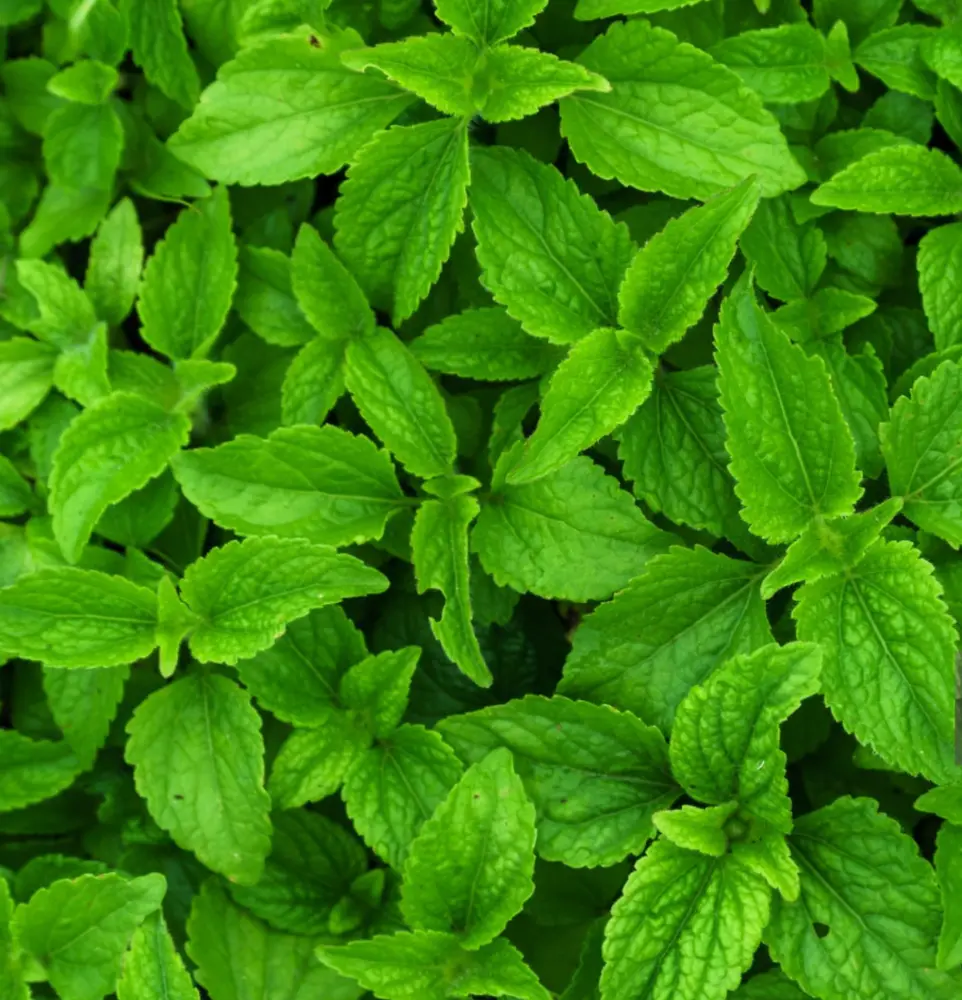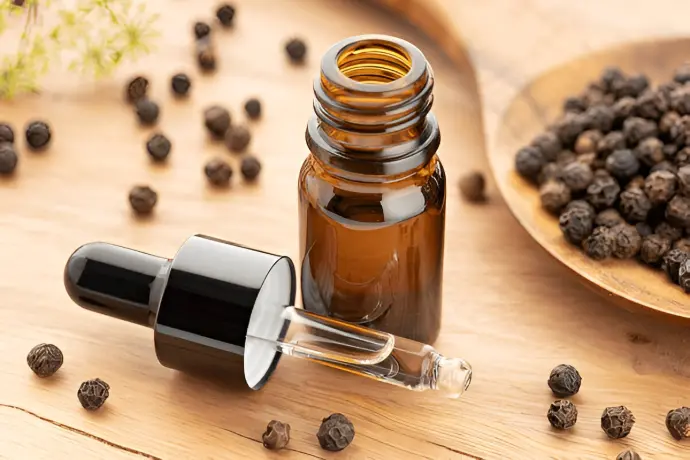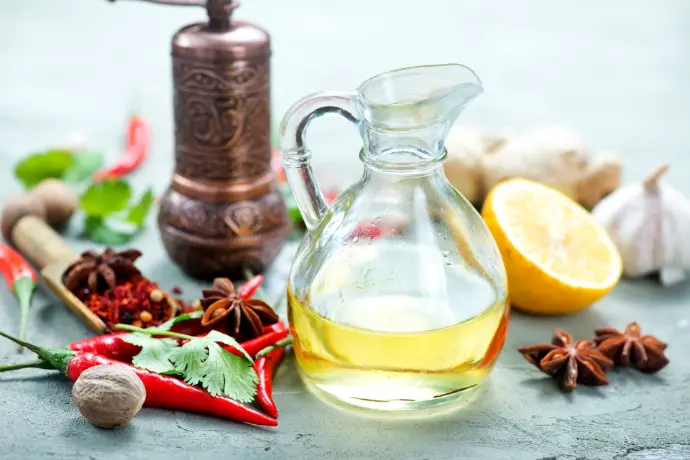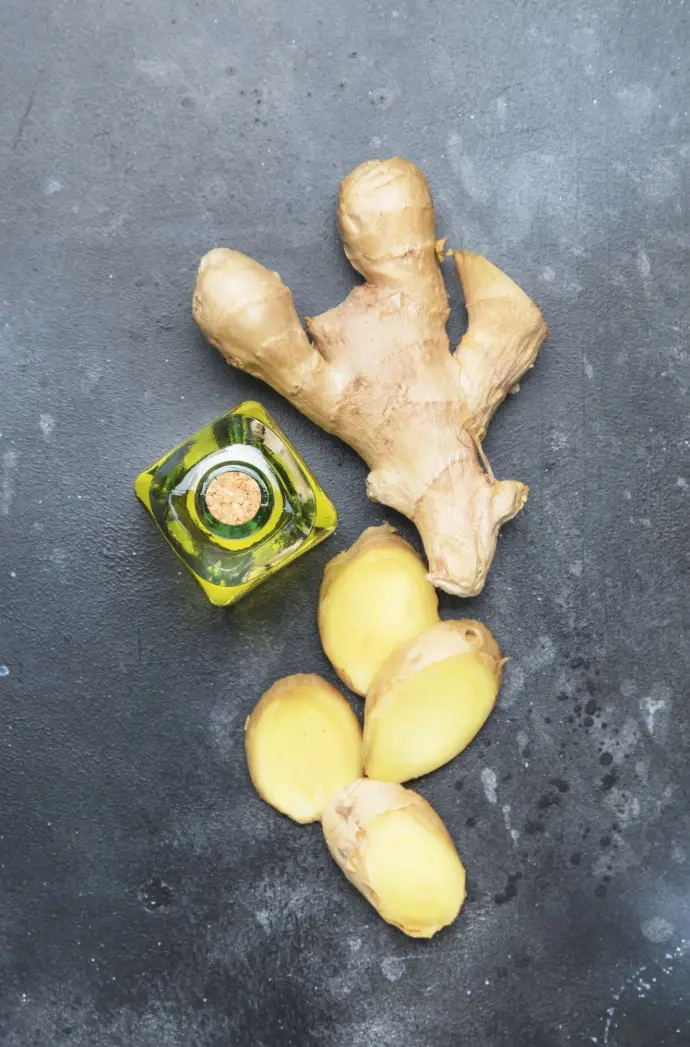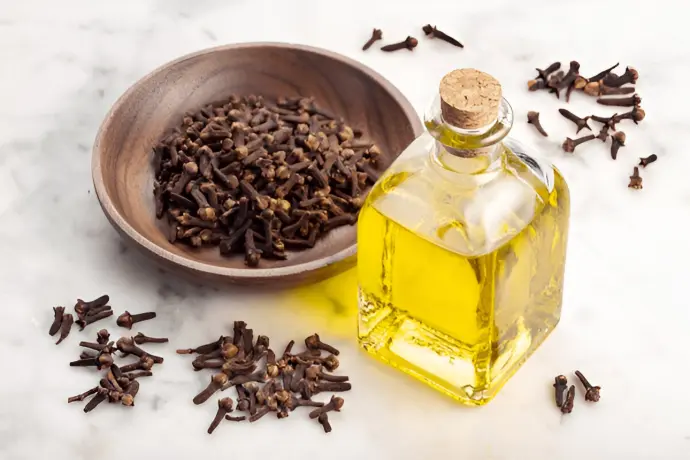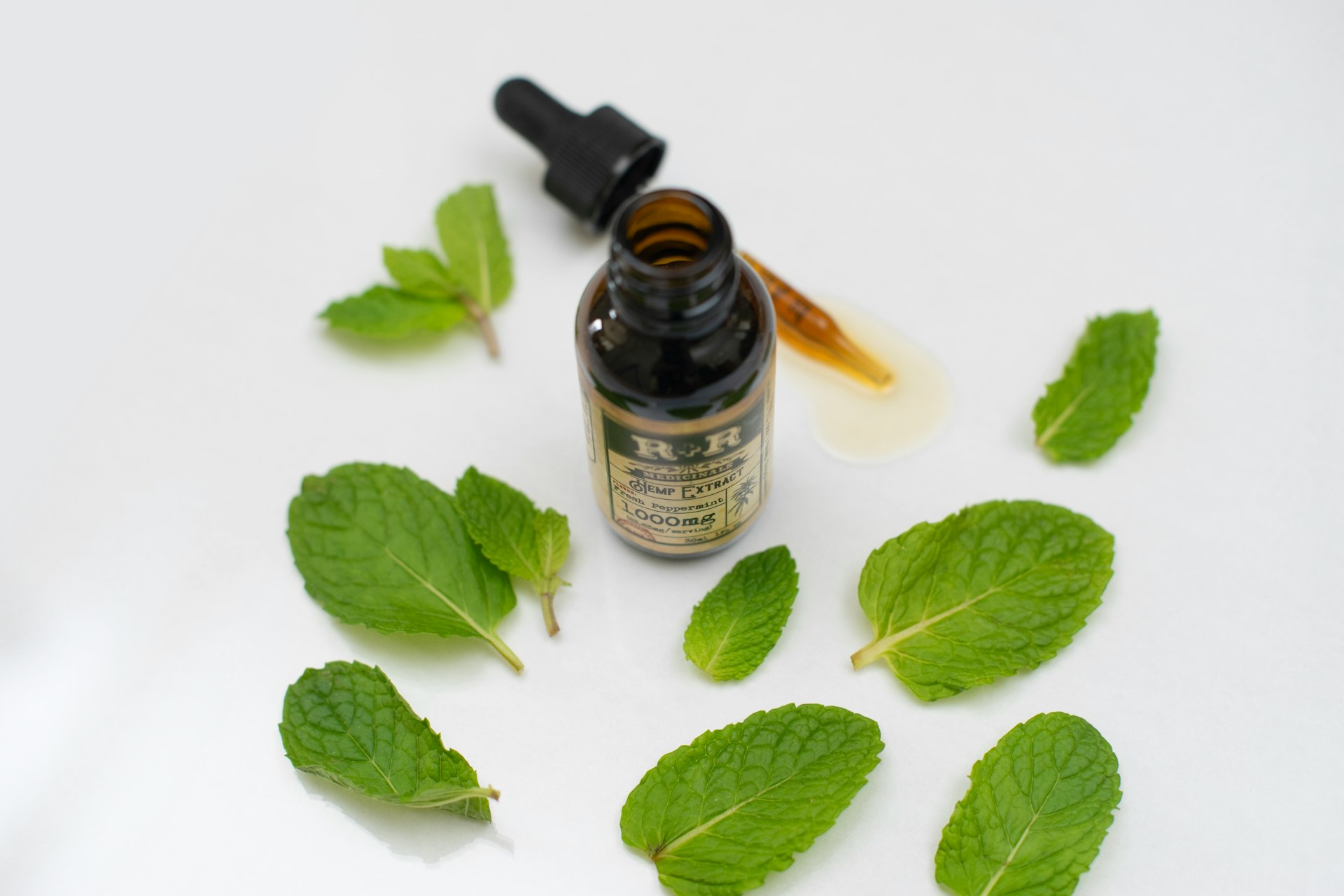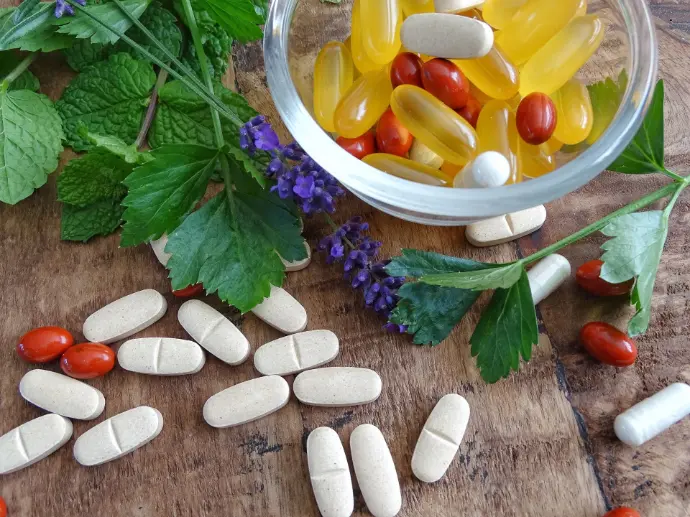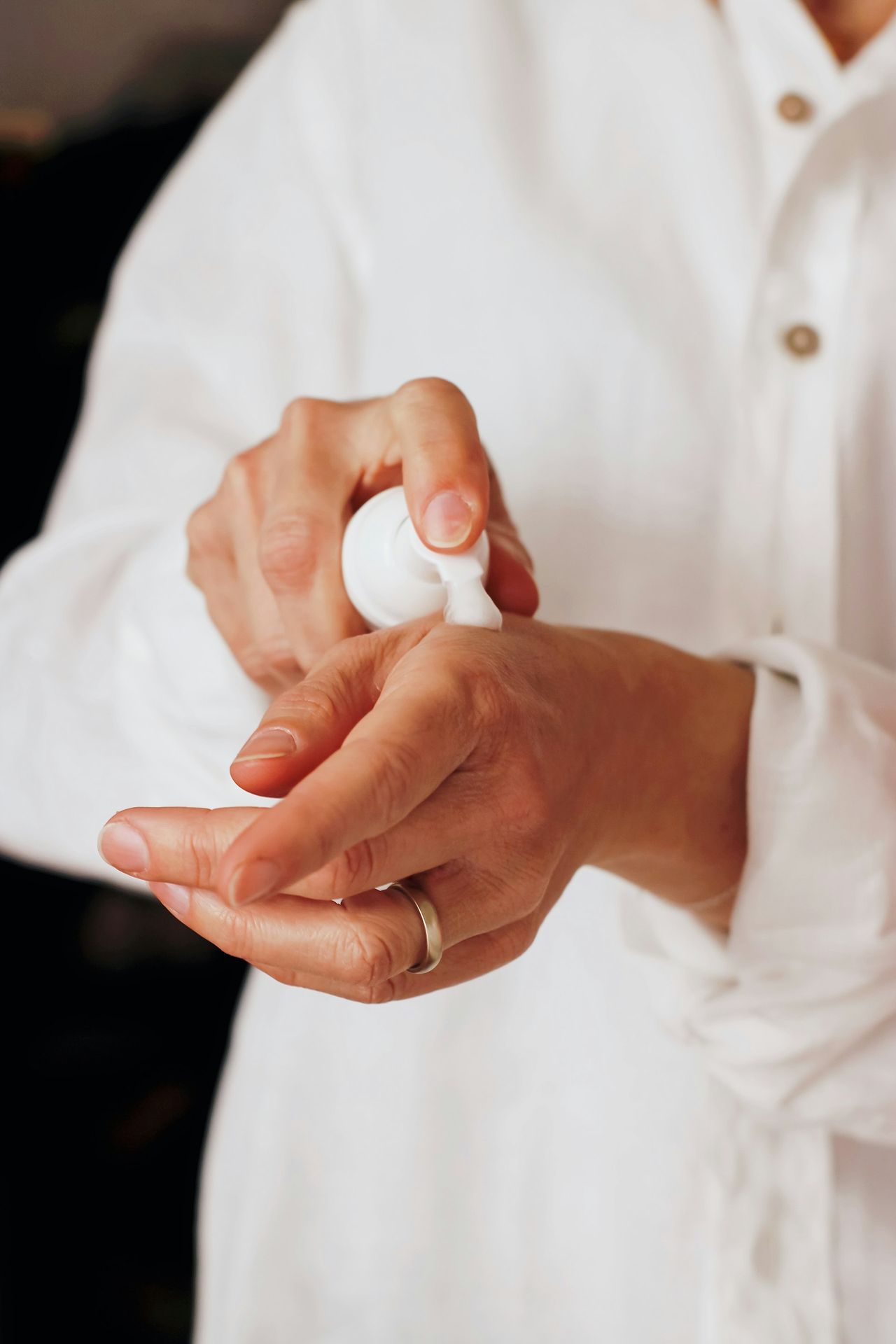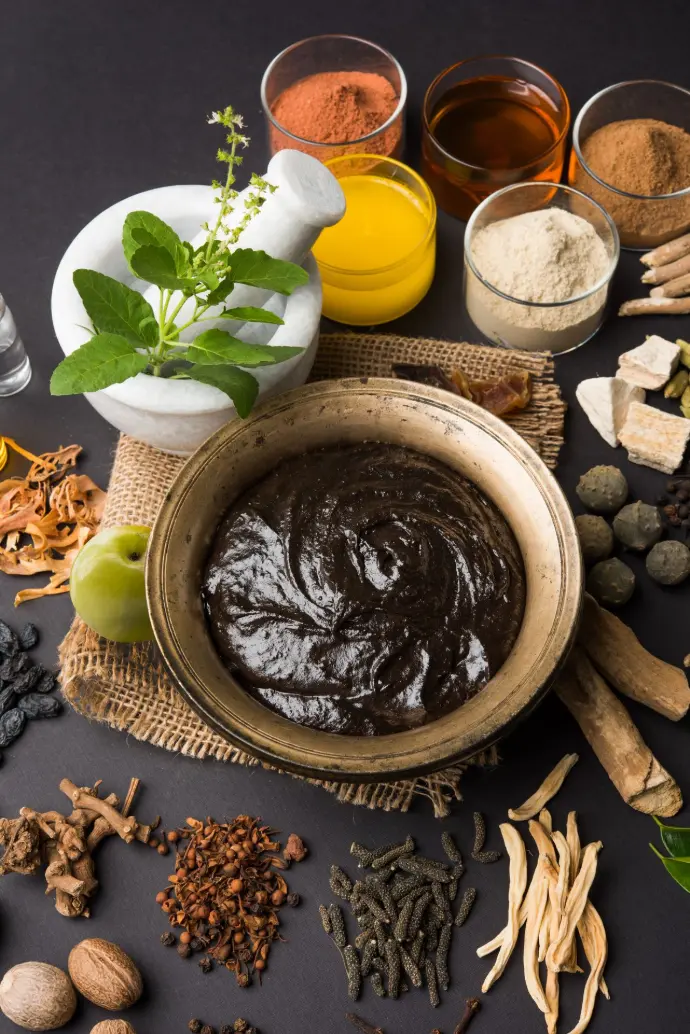About Product
Spearmint Oil, distilled from the flowering tops of Mentha spicata, is a sweet, mild, and refreshing essential oil prized for its gentler minty aroma and softer menthol presence compared to peppermint. Its light green to pale yellow hue and naturally crisp fragrance make it a favored ingredient across flavoring, therapeutic, cosmetic, and personal care industries. Often referred to as the "softer mint," spearmint offers a more delicate profile that is suitable even for sensitive applications, including those for children and the elderly.
The primary constituents of spearmint oil include carvone, limonene, menthol, 1,8-cineole, and beta-pinene. Unlike peppermint oil, where menthol dominates, spearmint contains a much higher percentage of carvone, which imparts a sweeter, almost fruity note and delivers its own set of digestive, carminative, anti-nausea, and antispasmodic benefits. The lower menthol content makes spearmint oil less intense and more universally tolerable while still offering a recognizable minty freshness.
In the food and beverage industry, spearmint oil is extensively used to flavor chewing gums, candies, desserts, ice creams, teas, syrups, and oral hygiene products, where it imparts a cooling yet gentle flavor. It is especially favored in formulations where a mellow mint character is preferred over the sharpness of peppermint, and where sweetness must remain undisturbed by overpowering menthol notes.
In pharmaceutical and therapeutic applications, spearmint oil is traditionally used to soothe digestive issues, reduce nausea, and act as a mild decongestant. It is commonly found in lozenges, digestive tonics, cough syrups, and vapor rubs, where its antispasmodic and anti-inflammatory properties help relax the gastrointestinal tract and ease breathing. It is also considered to have mild sedative effects, supporting mental relaxation and relief from nervous tension.
In cosmetics and personal care, spearmint oil finds its place in toothpastes, mouthwashes, skin creams, lip care, shampoos, and soaps. Its antibacterial and antifungal properties help maintain hygiene, while its uplifting fragrance adds a sense of freshness to daily-use products. Its cooling and anti-inflammatory nature makes it ideal for soothing skin in products like foot balms and post-sun treatments.
In the world of aromatherapy, spearmint oil is known for its clarity-enhancing and mood-lifting properties. The sweet, minty scent promotes relaxation, eases mental fatigue, and supports emotional balance. When diffused, it helps cleanse the air, promote respiratory comfort, and create a calm yet energized ambiance.
Overall, spearmint oil is a gentle yet effective botanical essential oil that combines mild flavor, therapeutic value, and wide-ranging versatility. Its soothing nature, pleasant aroma, and digestive-friendly properties make it a staple in numerous formulations across global industries, offering a softer, sweeter alternative to its peppermint counterpart.
Composition
- Carvone: The primary active compound responsible for spearmint's sweet, minty aroma.
- Limonene: A secondary compound that adds a citrus-like fragrance.
- Other Components: Includes menthol, beta-caryophyllene, and piperitone, enhancing flavor and therapeutic benefits.
Physical Characteristics
- Appearance: Pale yellow to colorless liquid.
- Odor: Sweet, minty, fresh, and slightly herbaceous.
- Taste: Mildly sweet, refreshing, with a cooling effect.
Health Benefits
- Digestive Health:
- Relieves nausea, indigestion, and bloating.
- Stimulates digestion and promotes a healthy gut.
- Pain Relief & Analgesic:
- Provides a cooling and soothing effect to relieve headaches, muscle pain, and joint pain.
- Anti-inflammatory:
- Reduces inflammation in the skin, muscles, and joints.
- Respiratory Health:
- Clears nasal passages and relieves sinus congestion, offering relief from colds and respiratory issues.
- Antibacterial & Antifungal:
- Provides antimicrobial benefits, helping treat skin infections and improve skin health.
- Oral Health:
- Freshens breath and supports oral hygiene due to its antimicrobial properties.
Key Features
- Source: Derived from the leaves of the Mentha spicata plant (spearmint).
- Active Ingredients: Carvone, menthol, limonene, and other essential oils.
- Physical Characteristics: Pale yellow to colorless liquid with a sweet, minty aroma.
- Applications: Used in food, beverages, pharmaceuticals, cosmetics, and fragrances.
- Health Benefits: Digestive support, pain relief, anti-inflammatory, respiratory health, oral hygiene.
Application
Food & Beverage:
- Flavoring Agent: Used in candies, chewing gum, beverages, desserts, and sauces for a mild, sweet mint flavor.
- Preservative: Has natural antimicrobial properties that make it useful as a food preservative.
Pharmaceuticals:
- Digestive Health: Relieves indigestion, bloating, and nausea.
- Pain Relief: Used in topical balms and creams to alleviate muscle pain, headaches, and joint discomfort.
- Respiratory Support: Offers relief from nasal congestion and sinus issues.
Cosmetics & Personal Care:
- Skincare: Used in moisturizers and creams for its soothing, anti-inflammatory, and antimicrobial properties.
- Haircare: Stimulates scalp health, promotes hair growth, and helps in dandruff prevention.
Fragrance Industry:
- Used in Perfumes & Air Fresheners: Adds a fresh, sweet mint scent to perfumes, candles, air fresheners, and other scented products.
